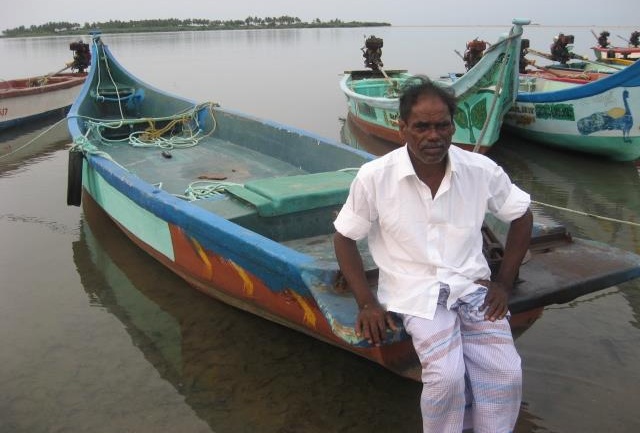July 11, marks World Population Day and today Habitat is spreading awareness of the growing number of people in urban areas, and the impact and strain this creates on shelter. Many people who are moving to the city have no access to secure land which see the inevitable growth of slums.

Every day 180,000 people move to cities. That’s two people every second. Asia alone experiences an increase of 120,000 new residents per day which creates an inevitable growth of urban slums. People living in slums face inadequate living conditions including a lack of access to water, sanitation, electricity and other basic services. Moreover, slums are often endemic with disease, crime, and corruption and are more susceptible to natural disasters.
The inability of governments to provide appropriate infrastructure and public services to accommodate the rapid growth of urbanisation exacerbates the poor living conditions and risks slum population face. Lack of equitable access to land and housing potentially has a cascading effect that destabilises the wider economy and increases social instability.

Cities that focus on improving housing, living conditions and infrastructure can reduce poverty. At the same time, they place their populations in a significantly better position to deal with climate change and become more resilient.
That’s why Habitat is working with community groups in urban slum areas of the Asia Pacific to improve living conditions, infrastructure and access to services to accommodate growing populations.
For example, Habitat for Humanity Australia, in partnership with Habitat for Humanity Cambodia, has formalised an urban slum area in Battambang city. The project focuses on assisting informal settlers access greater land tenure security by helping families gain a Social Land Concession certificate. The transitional process moves families from insecure to secure tenure, after a five year period of continuous residency.

In Bangladesh we are also working to improve urban resiliency by working in communities in some of the biggest slums in Dhaka. Dhaka’s population is expected to spiral to 27 million by 2030.
Habitat for Humanity organised a Planning and Design workshop with a community group to identify the hazards in a vulnerability assessment of their slum. The community noted a number of hazards including sanitation, access to water, vocational or technical training, waste management system and health services. Habitat will be working with community members to develop an implementation plan to address these and create a more resilient community.
Skip to content
Skip to sidebar
Skip to footer


